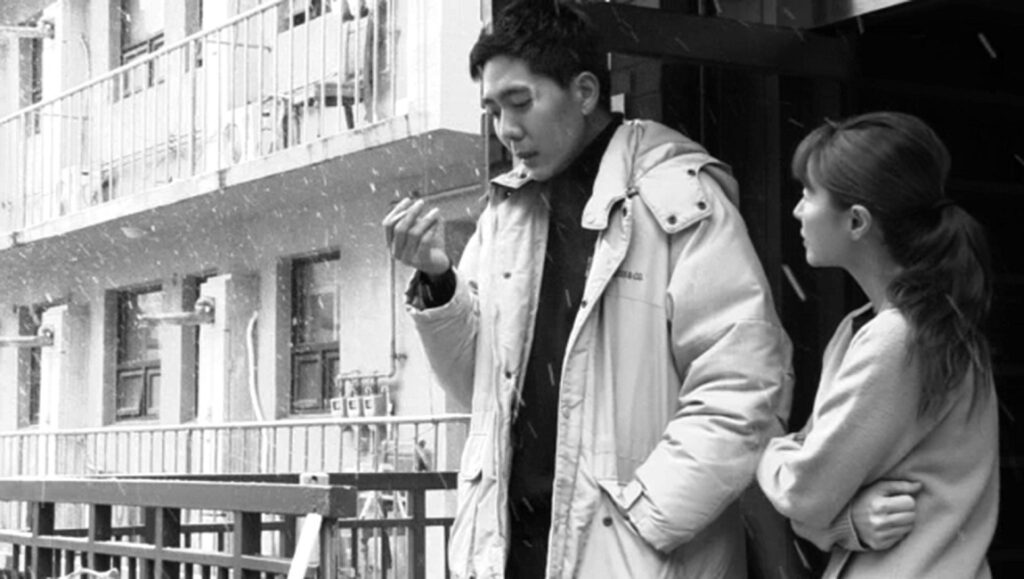Introduction bears a fitting title, as it feels like something distinctly new within Hong’s self-reflexive oeuvre.
It’s somewhat reductive to observe that Hong Sang-soo, so often noted for his diptych structures, seems to have moved into a new triptych phase with his two latest films: The Woman Who Ran and now Introduction. Still, it does seem rather significant that both films unfold across three clearly distinguishable episodes, each of which sees the film’s main character involved in a rendezvous of some sort. But while The Woman Who Ran establishes a strong narrative spine with Kim Min-hee’s perambulations, Introduction, as if building on its title, deliberately weakens the story links between its three sections, delaying or even withholding the expected markers of (diegetic) continuity. The film’s first section ostensibly concerns a meeting between an aimless young man, Young-ho (Shin Seok-ho), and his doctor father, but we never actually see it happen, and it becomes a void that structures the rest of the action, such as it is. When the second, Berlin-set episode follows Ju-won (Park Mi-so), who was only briefly introduced as Young-ho’s girlfriend in the first, and Young-ho only later (and very unexpectedly) shows up, the film’s narrative pattern of dislocation and reintroduction comes into focus. By the end of the third section, which opens with a minor character from the first and marvelously brings back a major character from the second, there’s no questioning the deliberateness of Hong’s intricate storytelling strategy.
The drive for this structure is harder to place. But given that Introduction ends up on a beach, and also noting that Hong twice presents us with two characters discussing something they’re seeing (a strange-looking tree, a woman on a balcony), while conspicuously delaying a shot of the thing itself, we might recall a lament of the director character in Woman on a Beach: “It’s too strong of an image to overcome.” This sense of being held captive by images is, after all, one that plagues all of Hong’s characters, and the director has repeatedly considered it in relation to his methods and medium, as though by examining his own filmic grammar, he might find some way of combating the incessant bewitchments of daily life. If the three-fold meetings of The Woman Who Ran and Introduction are to suggest anything, then, perhaps it’s that the diptych structure lends itself too easily to a point-counterpoint effect (as in Right Now, Wrong Then), and that to conceive of one image in opposition to another is merely to confirm a certain dependence. Introduction charts out a different path; it operates as a kind of exercise in displacement, deferral, and delay, and notably ends with a literal splash of cold water. For if we can’t quite overcome the images we are captive to, there’s still, at least, the potential shock of reintroduction, the possibility of seeing anew.
Originally published as part of Berlin Film Festival 2021 — Dispatch 4.


Comments are closed.